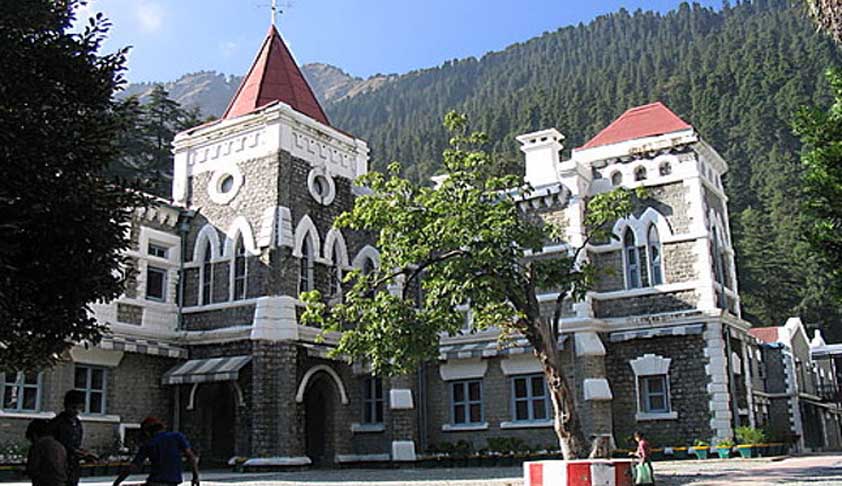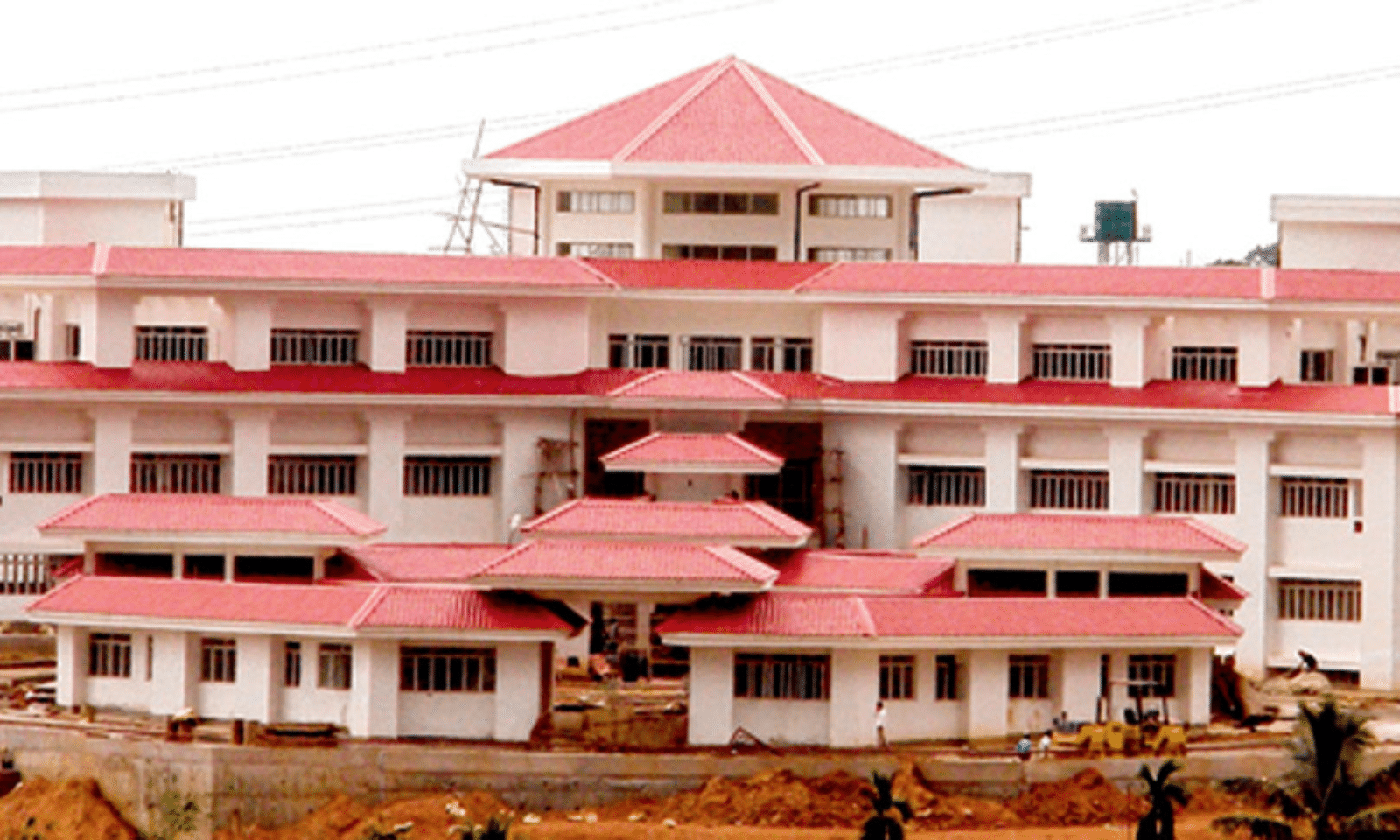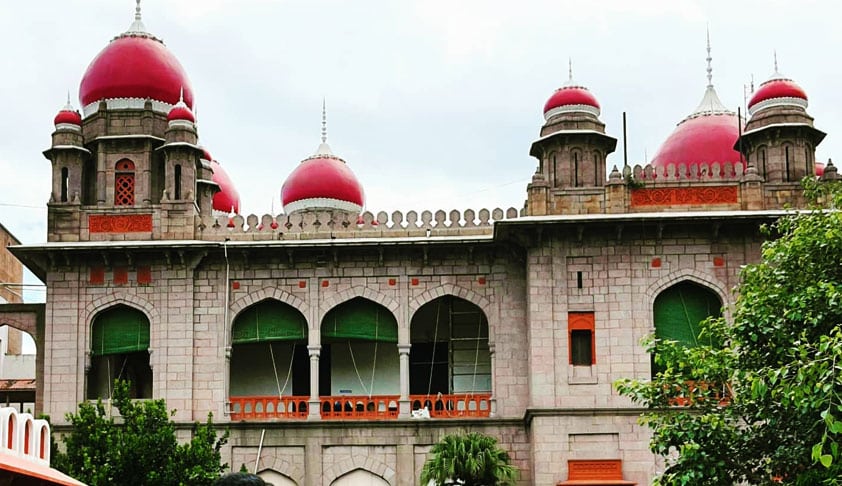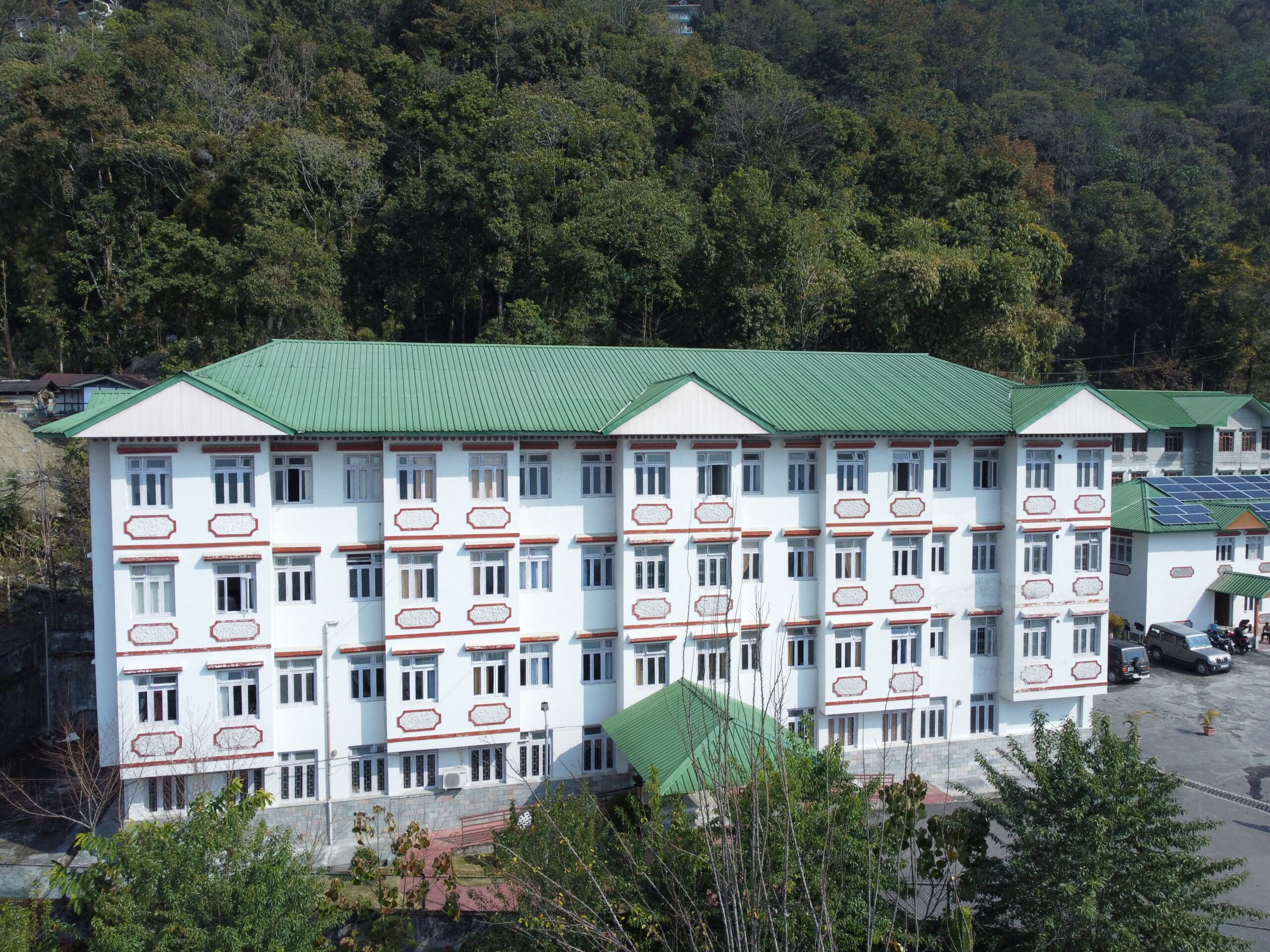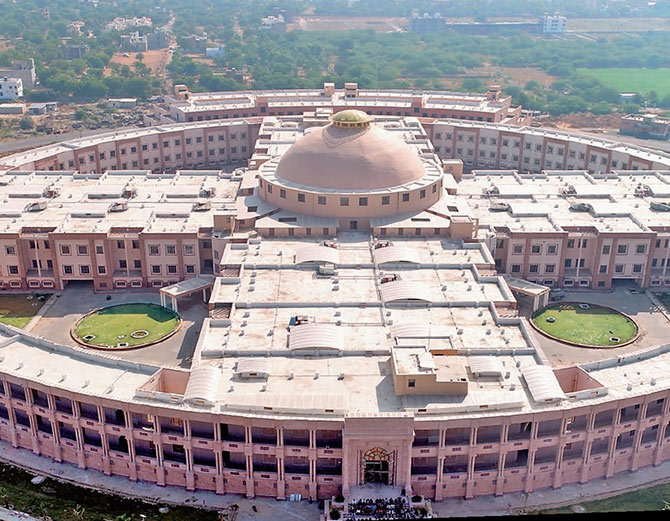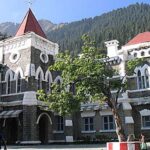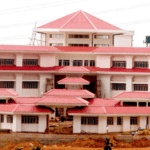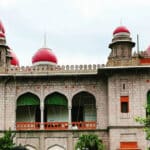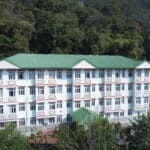- Official Website – https://bombayhighcourt.nic.in/
- Establishment Date – 14 August 1852
- Contact Information – The Registrar General Bombay High Court, Fort, Mumbai -32.
- Email : [email protected]
- Jurisdiction – Goa, Dadra and Nagar Haveli and Daman and Diu, Maharashtra
- Principle Seat– Bombay
- Bench-
Aurangabad
Goa
- Jurisdiction at Bombay HC
Kolhapur
Nashik
Pune
Ratnagiri
Satara
Sangli
Sindhudurg
Dadra and Nagar
Haveli at Silvassa
Daman
Diu
- At the Nagpur Bench
Bhandara
Buldhana
Chandrapur
Wardha
Yavatmal
Gondia
Gadchirolu
Washim
- At Aurangabad Bench
Beed
Dhule
Jalna
Lathur
Nanded
Osmanabad
Nandurbar
- HC of Bombay at Goa
South Goa (Margo)
- The High Court of Bombay, which is the chartered High Court and one of the oldest High Courts in the Country. It has Appellate Jurisdiction over the State of Maharashtra, Goa, Daman & Diu, and Dadra & Nagar Haveli. In addition to the Principal Seat at Bombay, it has benches at Aurangabad, Nagpur, Panaji(Goa).The Legal History of Bombay may be said to have begun in 1661 when it became a British possession. The Town and Island of Bombay were received by the British as a part of the dowry of the Portuguese Princess Catherine of Braganza, sister of Alphonso VI, the then Portuguese Monarch when she married King Charles II. Bombay then was little more than a small fishing village consisting of a few straggling huts of Kolis, its indigenous inhabitants; and its harbor, destined in the course of years to develop into the greatest and most important commercial seaport in the East, sheltered only a few fishing boats. Charles II transferred it to the East India Company in 1668 for an insignificant annual rent of 10 Pounds
- The remote ancestry of the High Court, though interesting is not quite inspiring, until we come to the Recorder’s Court established under the Charter of 1798. Confining ourselves to the British period- for there is no conceivable connection between our High Court today and such Courts of law as existed in the Portuguese, and still earlier Muslim eras- the judicial history of Bombay commences with the Charter of 1668 accompanying the transfer of Bombay from the Crown to the East India Company. In 1670, the administration of justice was in the hands of Justices who held their sittings in the Custom Houses of Bombay and Mahim. The system of 1670 was very elementary and suffered from several drawbacks and the judicial system was too much identified with the executive government of the Island.
- The main architect of the Judicial system during this period was Gerald Aungier, the Governor of Surat Factory. He has been described as the “true founder” of Bombay. He was a man with liberal ideas and believed in a impartial administration of justice without fear or favor. But he was conscious of these defects and he was himself dissatisfied with the judicial machinery. Aungier was advised by the Company to select someone knowing something of law from amongst the Company’s servants in India. Aungier chose George Wilcox as the Judge and the First British Court of Justice was inaugurated in Bombay in 1672 with due pomp and ceremony. Fawcett quotes a detailed description of the opening ceremony on 8th August 1672.
- There was a ceremonial procession from the Fort through the Bazaar to the Guildhall (court-house) in the following order :-
Fifty Boundaries in Green liveries marching two by two.
Centers (Hindus) 20 Mooremen (Muslims) 20 Christians each representing their several caste or sect marching two by two.
His Honour’s horse of State was led by an Englishman.
Two trumpets and Kettledrums on horseback.
The Justice of the Peace and Council richly habited on horseback. The Governor in his Pallankeen with fower (four) English pages on each side in rich liveries bareheaded surrounded at distance with peons, and blacks.
The Clerke of the Papers on foot.
The flower (four) Attorneys, or Common pleaders on foot
The keeper of the prisons and the two Tipstaffs on foot, bareheaded before the Judge.
The Judge on horseback on a Velvet foot cloth.
His servants in Purple serge liveries.
Gentlemen in Coaches and Palankeens.
- On this occasion, he delivered a speech full of very noble sentiments, eulogizing the impartial execution of laws, and exhorting the court to do justice without distinction of nationality or religion, not only in cases between private parties, by even against the government. He promised to protect the Judge in the discharge of his duties to the best of his power and authority. In the concluding paragraph of his speech addressed to the court he said :
- “The Inhabitants of this Island consist of several nations and religions, like English, Portuguese and other Christians, Moores and Gentoos, but you, when you sit in this seat of justice and judgment, must look upon them with one single eye as I do, without distinction of nation or religion, for they are all His Majesty’s and the Hon’ble Company’s subjects as the English are, and have all an equal title and right to justice.”
- The speech does credit to the character of Aungier. He exhibited a passion for fair, impartial and evenhanded justice. No one could have kept a higher ideal of justice than Aungier. It was a good augury for the judicial system, but unfortunately, the later Governors did no to follow Aungier’s traditions.
- Contact –
HIGH COURT OF HIMACHAL PRADESH RAVENSWOOD, SHIMLA – 171 001
Landline Number : 0177-2650800
TeleFax Number : 0177-2653625
e-Mail ID :hicourt-hp[at]nic[dot]in
For any query regarding recruitment
Contact: 0177-2888407,2650111,2658831,2650307.
- Precisely, the former Princely States had different systems of Administration and set of laws and in most of the Princely States, the administration was run on the whims of the Rulers or Wazirs and their words were considered to be the law. Himachal Pradesh came to be formed as a result of the integration of 26 Shimla and four Punjab hill States into a Centrally Administered Area on April 15, 1948. On 1st April 1954, the parts of Bilaspur were also merged with Himachal Pradesh having its Headquarters at Shimla. The head was the Chief Commissioner. The first Chief Commissioner was Mr. N. C. Mehta and he was assisted by his deputy Mr. E. Penderal Moon, ICS. On September 30, 1948, an advisory council was formed for the advice of the Chief Commissioner for administrative functions. The Central Government promulgated the Himachal Pradesh (Courts) Order, 1948 on 15th August 1948. As per Paragraph 3 of this Order, the Court of Judicial Commissioner was established for Himachal Pradesh, and such Court was housed at “Harvingtan” (Kelston area, Shimla). It was vested with the powers of a High Court under the Judicial Commissioner’s Court Act, 1950. Besides the Court of Judicial Commissioner, two Courts of District and Sessions Judges and 27 subordinate Courts were also set up. The Court of Judicial commissioner started functioning on August 15, 1948, and in the same year, two Courts of District and Sessions Judges were also established. The Punjab High Court rules and orders with suitable amendments were made applicable to the courts in H.P. On April 29, 1967, two more District and Sessions Judges Courts, one for Shimla and the other for Kangra were established. However, in the year, 1966, the Delhi High Court Act was enacted by the Government of India and w.e.f. May 1, 1967, the Central Government of India extended the operation of the said Act to the Union Territory of Himachal Pradesh, replacing the Court of Judicial Commissioner by the Himachal Bench of Delhi High Court, at Shimla and it started functioning in the old High Court building known as “Revenswood”. At that time, Hon’ble Mr. Justice K. S. Hegde was the Chief Justice of the Delhi High Court. Hon’ble Mr. Justice S. K. Kapoor and Hon’ble Mr. Justice Hardayal Hardy constituted the first circuit bench of the Delhi High Court which held Court at Shimla in the building known as “Revenswood”. The Himachal Pradesh attained the Statehood in the year, 1971, and established its own High Court with Headquarters at “Revenswood”, Shimla, having one Hon’ble the Chief Justice and two Hon’ble Judges. The first Chief Justice of the High Court of Himachal Pradesh was Hon’ble Mr. Justice M. H. Beg and the other two Hon’ble Judges were Hon’ble Mr. Justice D. B. Lal and Hon’ble Mr. Justice C. R. Thakur.
- Hon’ble Mr. Justice R. S. Pathak, Hon’ble Mr. Justice T. U. Mehta, Hon’ble Mr. Justice V. D. Misra, Hon’ble Mr. Justice P. D. Desai, Hon’ble Mr. Justice N.M. Kasliwal, Hon’ble Mr. Justice P. C. B. Menon, Hon’ble Ms. Justice Leila Seth, Hon’ble Mr. Justice S. K. Seth, Hon’ble Mr. Justice V. Ratnam, Hon’ble Mr. Justice G. C. Gupta, Hon’ble Mr. Justice S. N. Phukan, Hon’ble Mr. Justice M. Srinivasan, Hon’ble Mr Justice M. N. Rao, Hon’ble Mr. Justice D. Raju, Hon’ble Mr. Justice C. K. Thakker, Hon’ble Mr. Justice W.A. Shishak, Hon’ble Mr. Justice V.K. Gupta, Hon’ble Mr. Justice Jagdish Bhalla, Hon’ble Mr. Justice Kurian Joseph, Hon’ble Mr. Justice A. M. Khanwilkar, Hon’ble Mr. Justice Mansoor Ahmad Mir , Hon’ble Mr. Justice Surya Kant and Hon’ble Mr. Justice V.Ramasubramanian were the other illustrious and eminent jurists who adorned the office of Hon’ble the Chief Justice of High Court of Himachal Pradesh and have left a distinct mark of their personalities on the working of the High Court. The Old High Court Building “Revenswood” Hon’ble Mr. Justice M. H. Beg, Hon’ble Mr Justice R. S. Pathak, Hon’ble Mr. Justice N. M. Kasliwal, Hon’ble Mr. Justice S.N. Phukan, Hon’ble Mr. Justice M. Srinivasan, Hon’ble Mr. Justice D. Raju, Hon’ble Mr. Justice C.K. Thakkar, Hon’ble Mr. Justice Kurian Joseph, Hon’ble Mr. Justice A.M. Khanwilkar, Hon’ble Mr. Justice Deepak Gupta, Hon’ble Mr. Justice Surya Kant and Hon’ble Mr. Justice V.Ramasubramanian were elevated to the Apex Court. Hon’ble Hon’ble Mr. Justice M. H. Beg and Hon’ble Mr. Justice R. S. Pathak had the distinction of becoming Hon’ble Chief Justices of the Supreme Court of India. Hon’ble Mr. Justice R. S. Pathak also remained a Judge of International Court of Justice at Hague. Hon’ble Mr. Justice Lokeshwar Singh Panta has also a privilege of elevation to Hon’ble Supreme Court of India, directly from the Judge of Himachal Pradesh High Court. At present, the august office of the Hon’ble the Chief Justice is adorned by Hon’ble Mr. Justice Ravi Malimath, Acting Chief Justice under whose able leadership, the H.P. High Court as well as the Courts subordinate to High Court of Himachal Pradesh are progressing by leaps and bounds. Thus, though small, but this High Court has a place of pride in judicial milieu of our country. Now the strength of the Judges of the High Court of Himachal Pradesh is thirteen including the Chief Justice whereas ten are the sitting Judges including Hon’ble the Acting Chief Justice.

